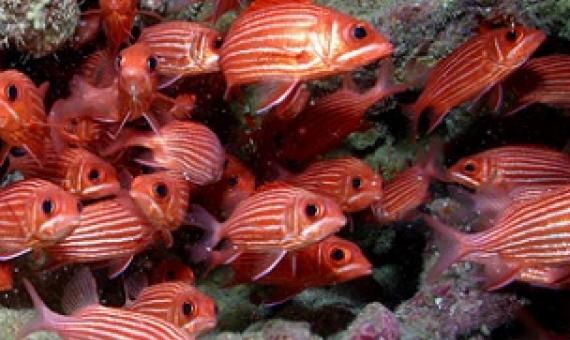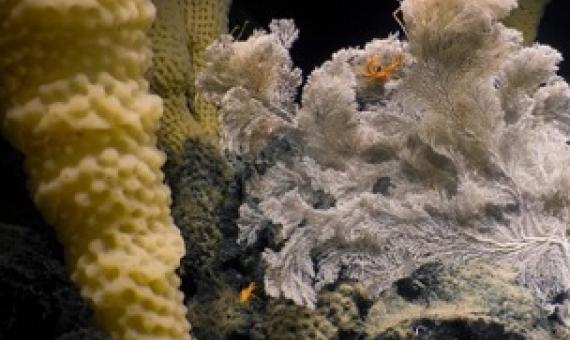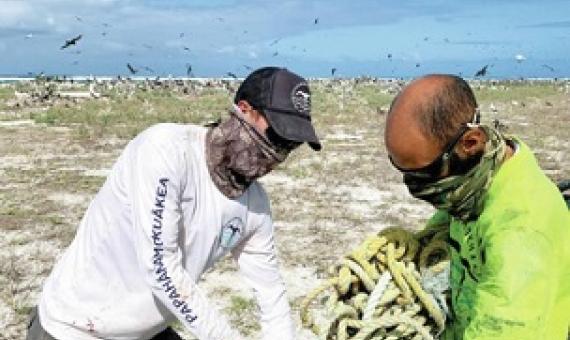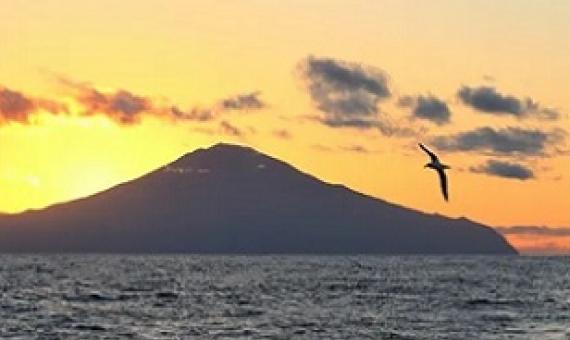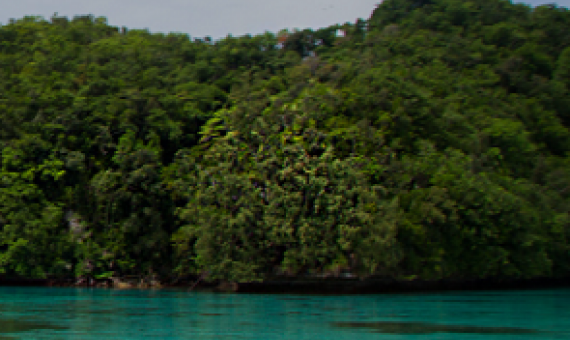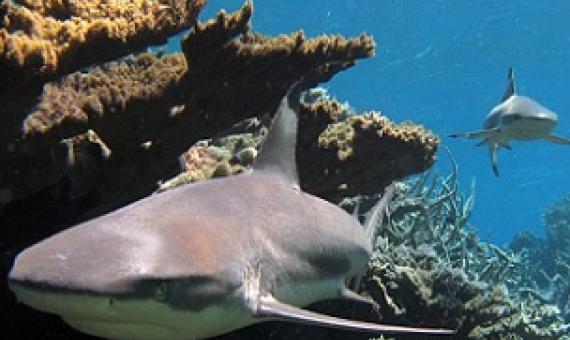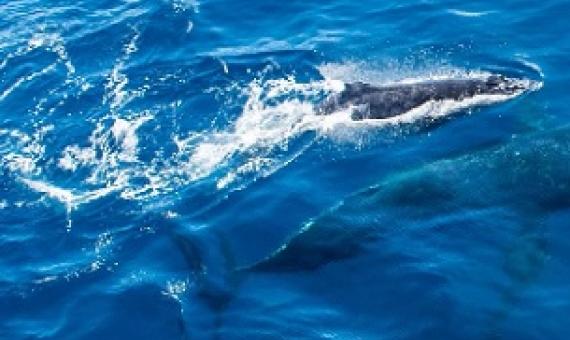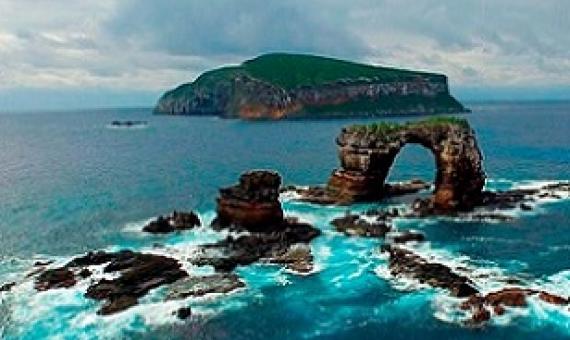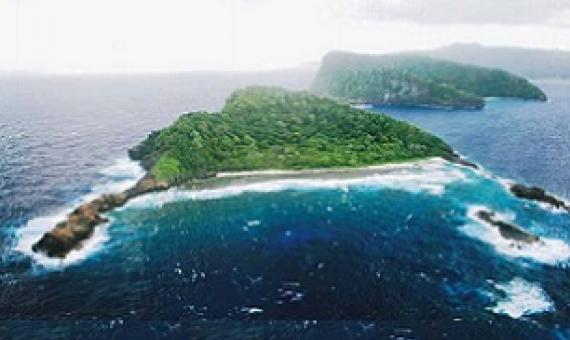A decade ago, the international community pledged to protect 10% of the ocean by the end of 2020, under the auspices of the U.N. Convention on Biological Diversity.
The proposed Offshore Pacific Area of Interest (AOI) off the coast of British Columbia contains underwater mountains, some 10,000 feet high, overlooking a vast network of hydrothermal vents that spew hot sulfur and nutrients into the surrounding water.
Over 82,600 pounds of marine debris and trash were removed during a 16-day cleanup project at Lalo (French Frigate Shoals) within Papahanaumokuakea Marine National Monument.
The waters around one of the world’s most remote inhabited islands, in the middle of the South Atlantic Ocean, are set to become the fourth largest completely protected marine area in the world, and the largest in the Atlantic.
A new report titled, “Palau’s larger MPAs have higher fish biomass than smaller ones” has been released by the Palau International Coral Reef Center (PICRC).
The largest Marine Protected Areas (MPAs), which restrict fishing for conservation or fisheries benefits, span up to 370km from the shore. Some are larger than France. As you might imagine, protecting such vast expanses of the ocean can bring huge benefits to marine ecosystems.
In 2015, then-New Zealand Prime Minister John Key announced his commitment to protect the waters surrounding the Kermadec Islands by creating one of the world’s largest fully protected marine areas...For millennia, this ocean region has been pristine, but it could face threats in the future from
A global network of marine protected areas for food
Marine protected areas (MPAs) are conservation tools that are increasingly implemented, with growing national commitments for MPA expansion. Perhaps the greatest challenge to expanded use of MPAs is the perceived trade-off between protection and food production. Since MPAs can benefit both conservation and fisheries in areas experiencing overfishing and since overfishing is common in many coastal nations, we ask how MPAs can be designed specifically to improve fisheries yields.
Turtle Island Restoration Network joined international organizations in urging Ecuador to expand the Galapagos Marine Reserve, one of the largest and most biologically diverse marine protected areas in the world. The letter states that over the past 20 years, the
A new study, published in the Proceedings of the National Academy of Sciences, found that protecting an additional 5% of the ocean can increase future fish catch by 20% or more. Growing up in a fishing community in the Philippines, lead researcher Dr.

